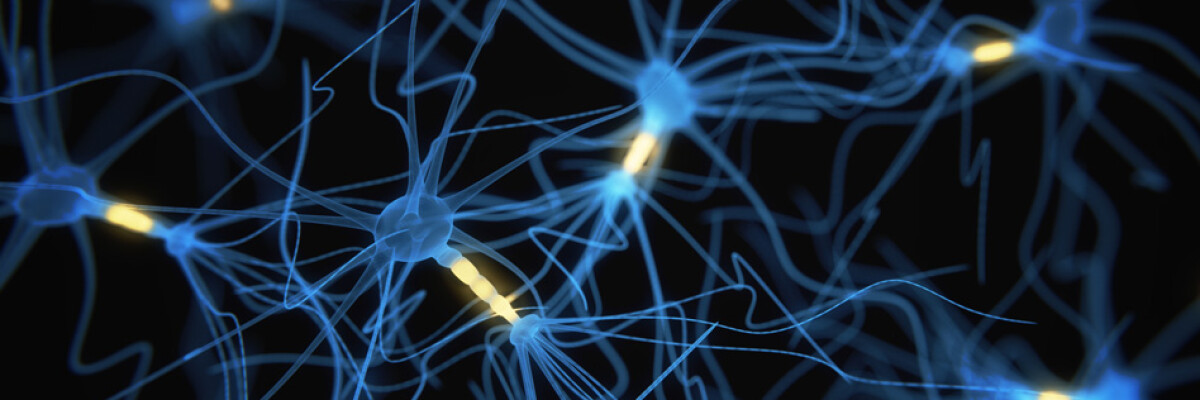The new device allows for keeping neurons active for 25 days, but scientists believe that the incubation period can be extended to 100 days.
Half a year ago artificial preservation of pig’s brain activity for four hours after its death became a breakthrough in neurobiology. Although the scientists managed to revive only some brain areas and not the entire brain, the research has provided a powerful impetus for the development of technologies to prolong clinical death.
The new experiment conducted by Japanese experts from the Institute of Physical and Chemical Research (RIKEN) enabled them to maintain the activity of individual fragments in mice brain tissue for 25 days after their death.
Such a result was achieved using a new nano-hydrodynamic device that directly feeds tissues with necessary substances through a permeable membrane. The substances are delivered via organosilicon tubes. The device ensured that the tissue was supplied with sufficient amount of oxygen and did not dry out.
The scientists used in their research neurons from the suprachiasmatic nucleus, which regulates circadian rhythms. The activity of such type of nerve cells can be perfectly traced by their exchange of molecules responsible for synchronization. To ensure better visibility, scientists made the cells capable of producing fluorescent protein. A glowing sample means that nervous tissue activity is still maintained. The experiment was terminated on expiry of 25 days The scientists believe that the new technology makes it possible to maintain neuron activity much longer – up to 100 days.
Further development of the technology will enable scientists to modify it for other types of tissue. The methodology can help test new drugs and preserve donor organs for a long time. The technology may also be instrumental for growing complete organs from patients’ cells for transplantation.
Share this with your friends!





Be the first to comment
Please log in to comment